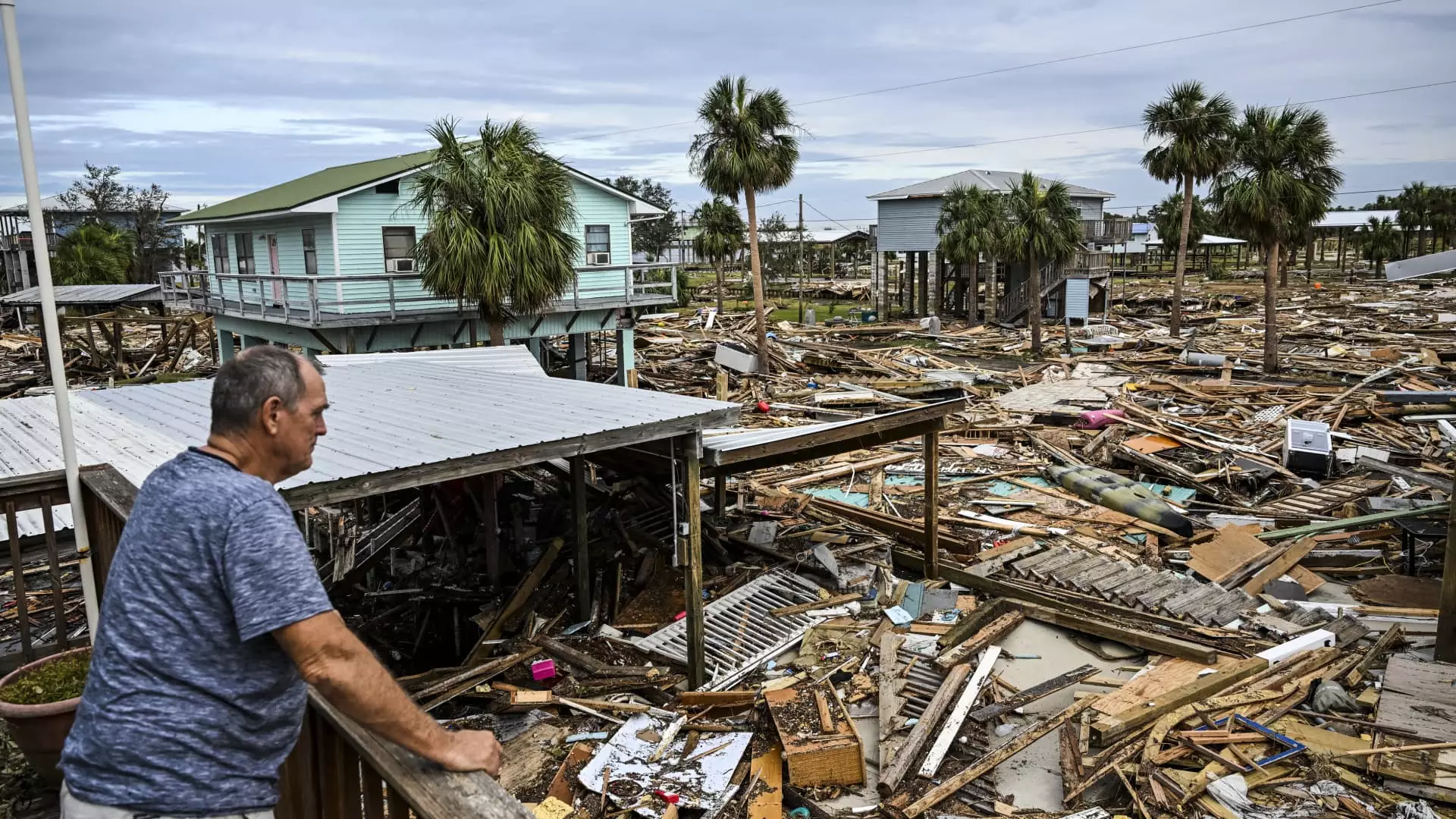Natural disasters can wreak havoc on our homes, finances, and peace of mind. Understanding how to effectively file a homeowners insurance claim in the wake of such events is essential for a smooth recovery process. With record-setting storms like Hurricane Helene, estimated to have caused over $6 billion in damages, and predictions of Hurricane Milton potentially being a catastrophic event, it becomes increasingly urgent for homeowners to familiarize themselves with the claims process. As the adage goes, knowledge is power, particularly when it comes to safeguarding your property and ensuring that you are adequately compensated for damage incurred.
One of the critical points that homeowners should grasp is the necessity of acting quickly after a disaster. Experts emphasize that the sooner you report a claim, the sooner the restoration process can begin. Shannon Martin, an insurance specialist at Bankrate.com, explains that adjusters are assigned claims on a first-come, first-served basis. Therefore, timelines become crucial; waiting too long can lead to a backlog in the processing queue, causing delays in your claim resolution and financial recovery.
Once you’ve ensured your safety and that of your family, your next step should be to contact your insurance company immediately. The claims process can be initiated from any location, especially if you have evacuated your home. However, if you chose to stay and ride out the storm, preventive measures should be your first priority. Insurance policies typically require homeowners to make reasonable efforts to mitigate damage to their property, which not only protects your assets but also fulfills policy obligations.
Documenting Damage: The Importance of Evidence
Following an initial assessment of your home’s safety, it is vital to document all damage thoroughly. Take photographs and keep an accurate record of every affected area. This documentation acts as a crucial reference point that aligns with the insurer’s inspection, which will occur later. As Jeremy Porter from the First Street Foundation notes, having solid evidence can significantly assist in disputing any discrepancies that might emerge later down the line.
In addition to visual documentation, retaining receipts for materials used to prevent further damage is essential. For example, if you purchased plywood to cover broken windows, retaining those receipts may help in a potential reimbursement claim. Failing to act post-disaster can hinder your claim, as insurance companies may deny coverage for further damages incurred due to negligence in mitigating initial damages.
Understanding what your homeowners insurance policy covers is crucial for any homeowner. Basic home insurance generally protects against damage from incidents like wind and fallen trees, yet it may not cover flooding unless an additional flood insurance policy is in place. Therefore, it is imperative to read the fine print and clarify coverage with your insurance provider before disasters strike.
Daniel Schwarcz, an insurance law professor, underscores the necessity of taking reasonable repair actions and documenting those expenses. Notably, materials bought for protection against anticipated damage prior to an event, like storm shutters, typically are not covered by most policies. Familiarizing yourself with these nuances helps eliminate misunderstandings with your insurer.
Filing your claim within a short timeframe post-event—ideally three to five days—is critical, as emphasized by experts. Swift action enables you to connect the damage to a specific event within your policy’s coverage period, avoiding complications if another disaster occurs shortly after.
Insurance claims can often get entangled in a confusing web of liability and causation, especially in scenarios where multiple events happen in quick succession. An example provided by Porter outlines a situation in which one homeowner may face issues if they haven’t made a claim for wind damage before a subsequent flood occurs. Under such conditions, insurance companies may begin to debate the original cause of the damage, complicating your claim even further.
The aftermath of a natural disaster is undoubtedly stressful, but understanding how to navigate the homeowners insurance claims process can empower you during a challenging time. By acting swiftly, documenting thoroughly, and knowing your policy’s coverage, you can enhance the chances of a successful claim resolution. Remember, your preparedness in advance can make all the difference in rebuilding and recovering after disaster strikes. The road may be long, but with the right strategy, you can restore your sanctuary and get back on track.

